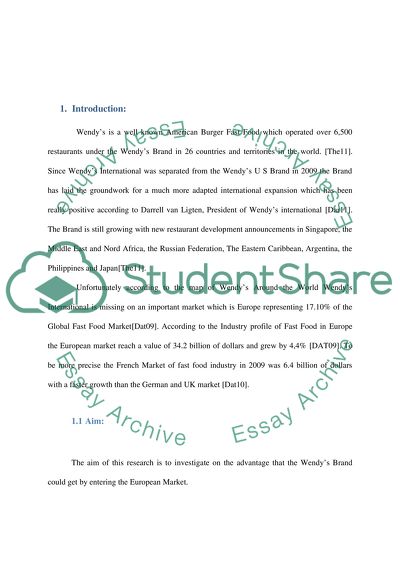Cite this document
(“Why Should the Wendy's Brand Enter the European Market Research Paper”, n.d.)
Retrieved from https://studentshare.org/marketing/1434679-why-should-the-wendyyies-brand-enter-the-european
Retrieved from https://studentshare.org/marketing/1434679-why-should-the-wendyyies-brand-enter-the-european
(Why Should the Wendy'S Brand Enter the European Market Research Paper)
https://studentshare.org/marketing/1434679-why-should-the-wendyyies-brand-enter-the-european.
https://studentshare.org/marketing/1434679-why-should-the-wendyyies-brand-enter-the-european.
“Why Should the Wendy'S Brand Enter the European Market Research Paper”, n.d. https://studentshare.org/marketing/1434679-why-should-the-wendyyies-brand-enter-the-european.


